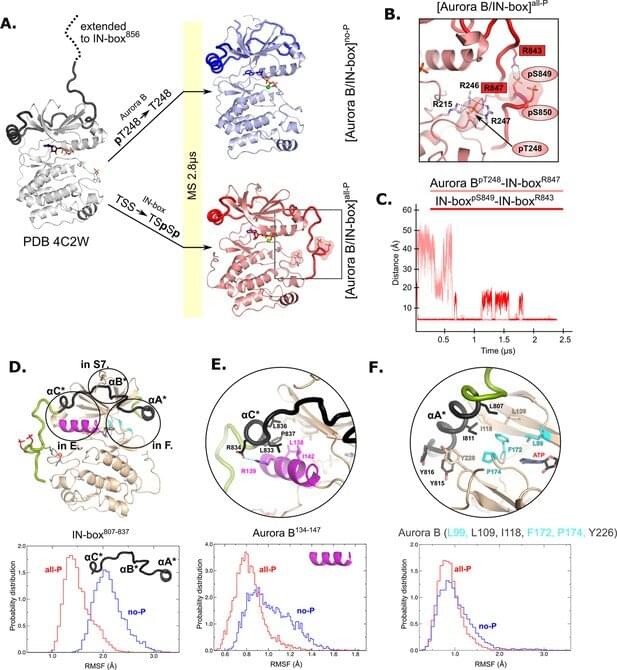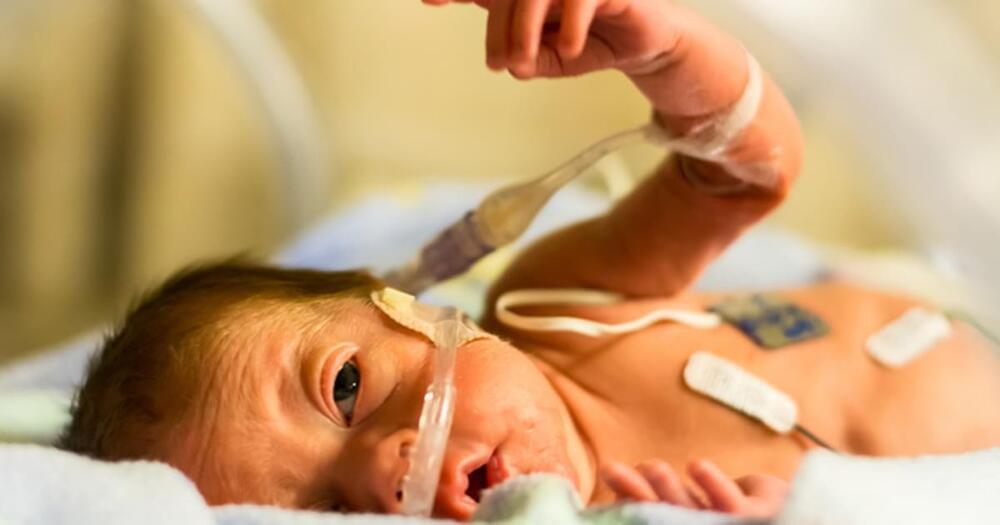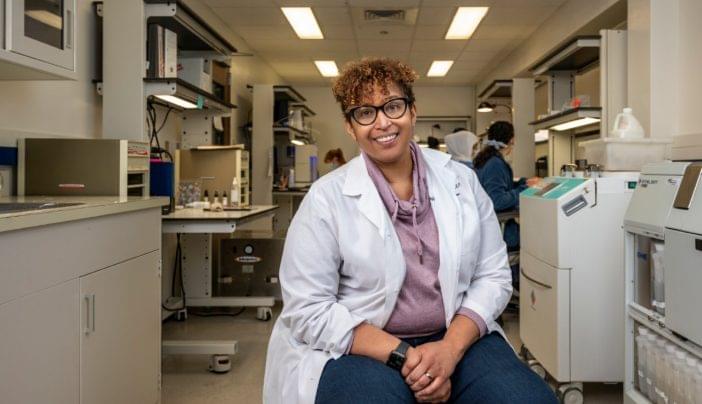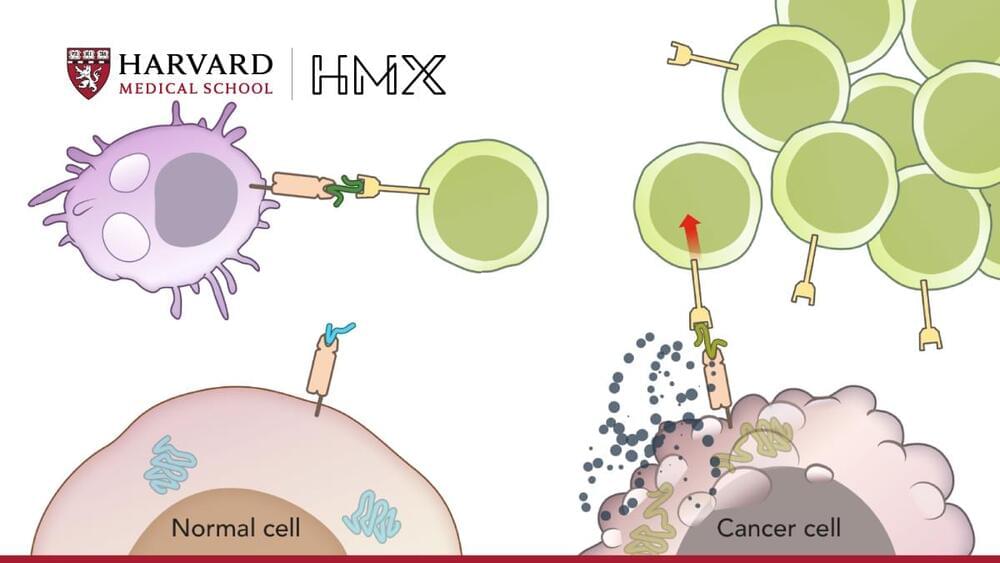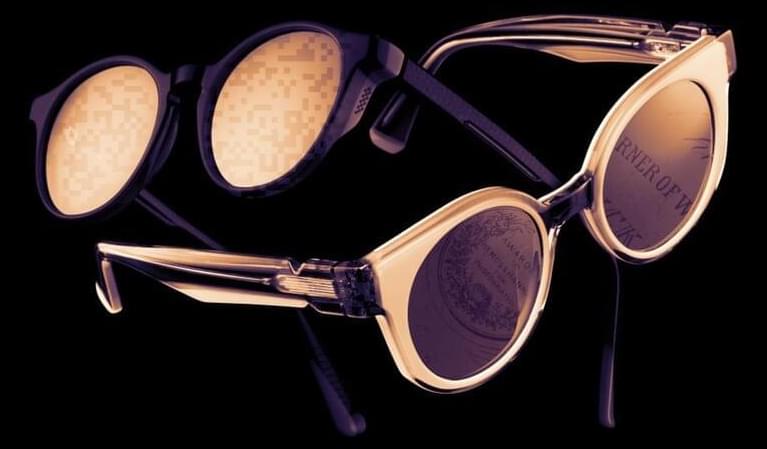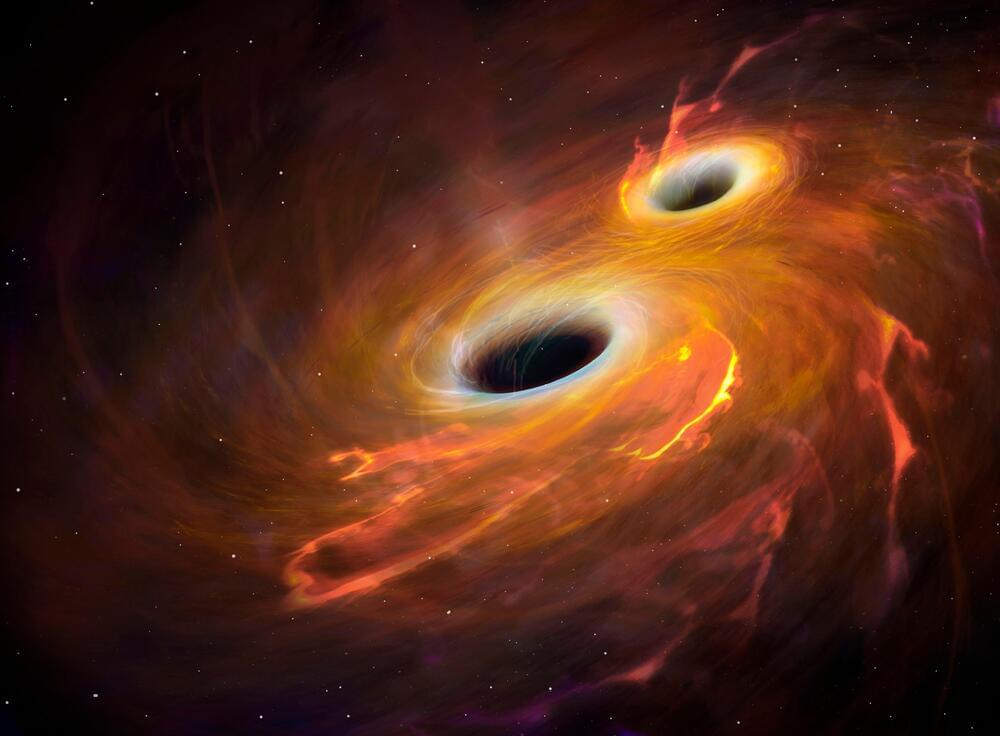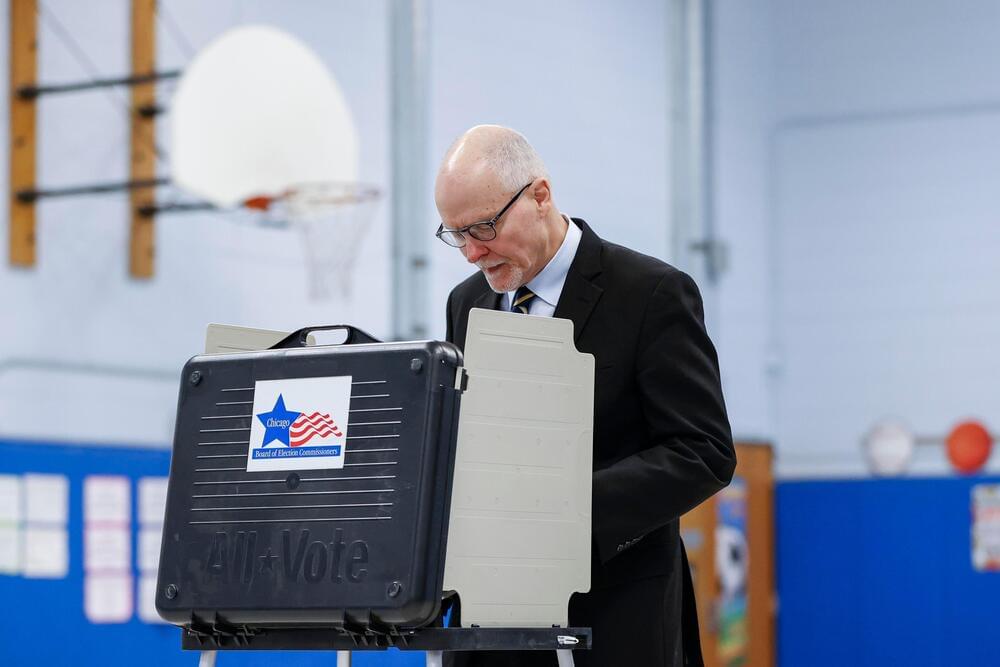Chipperfield has created exquisitely detailed stone and concrete projects worldwide. Here are 5 projects demonstrating his adept use of raw materials. #Pritzker2023
Researchers at NCMM have demonstrated the mechanisms behind the activation of Aurora B, a central conductor of cell division. Their findings, now published in eLife, can lay the foundations for developing new cancer drugs.
Cell division is a fundamental process for all living things, where one cell divides into two cells. It allows for a human being to grow from a single fertilized egg cell, for wounds to heal, and for dead cells within your body to be replenished with new cells.
By the time you have read this sentence, millions of cells throughout your body have divided.
GENEVA: A panel of AI-enabled humanoid robots took the microphone on Friday (Jul 7) at a United Nations conference with the message: They could eventually run the world better than humans.
But the social robots said they felt humans should proceed with caution when embracing the rapidly-developing potential of artificial intelligence, and admitted that they cannot — yet — get a proper grip on human emotions.
Some of the most advanced humanoid robots were at the United Nations’ AI for Good Global Summit in Geneva, joining around 3,000 experts in the field to try to harness the power of AI and channel it into being used to solve some of the world’s most pressing problems, such as climate change, hunger and social care.
A new index that takes neighborhood and community conditions into consideration could be a useful measure for identifying preterm birth risk, a study published in JAMA Network Open found.
“We’re looking at outcomes at the county level or exposures at the county level,” Sara C. Handley, MD, MSCE, an attending neonatologist at The Children’s Hospital of Philadelphia and instructor of pediatrics at the University of Pennsylvania Perelman School of Medicine, told Healio.
“So, what was the maternal vulnerability in each U.S. county, and then what were the rates of preterm birth in those counties? We looked at different types of vulnerabilities that were developed through the Maternal Vulnerability Index, and also the type of severity of preterm birth,” Handley explained.
Coming from a long line of educators all the way back to her great-grandmother, Toysha Mayer, D.H.Sc., swore she’d choose a different career.
“I didn’t want to teach, but after becoming a histotechnologist, I ended up working in teaching hospitals. It was a natural progression for me to work with new technicians, residents and fellows,” says the assistant professor and associate program director for Histotechnology at The University of Texas MD Anderson Cancer Center School of Health Professions (SHP). Histotechnologists prepare patients’ tissues so our pathologists can make precise diagnoses for diseases like cancer.
Immunology Online
Posted in biotech/medical
In this online immunology course, you’ll learn about processes that enable our immune systems to respond to threats, and understand emerging treatments.
A recent crop of AI systems claiming to detect AI-generated text perform poorly—and it doesn’t take much to get past them.
Within weeks of ChatGPT’s launch, there were fears that students would be using the chatbot to spin up passable essays in seconds. In response to those fears, startups started making products that promise to spot whether text was written by a human or a machine.
The problem is that it’s relatively simple to trick these tools and avoid detection, according to new research that has not yet been peer reviewed.
The announcement last week of the discovery of the gravitational wave background has rocked astronomy, but work has already begun on how this new window to the universe can be used to tease apart how the universe works.
At this week’s National Astronomy Meeting 2023 at Cardiff University in Wales, UK, an international team of cosmologists revealed that observations of gravitational waves from merging black holes may reveal the true nature of “dark matter.”
Observations of gravitational waves from merging black holes—and their absence—may unveil the true nature of dark matter, according to new research.
Scientists have found a group of ancient stars orbiting close to the center of our galaxy that may have formed in just the first billion years of the universe. That’s news because old stars are generally only found around the very edges of the Milky Way within the 150+ globular clusters—also called “galactic wanderers”—which may be linked to supermassive stars.
The Pristine Inner Galaxy Survey (PIGS), which reported their results at this week’s National Astronomy Meeting 2023 at Cardiff University in Wales, UK, were looking near the galaxy’s center because galaxy formation models suggest that there ought to be ancient stars there—though very few have ever been seen before.
Most ancient stars we know of are found around the halo of our Milky Way galaxy, but a new study has discovered many close to the galaxy’s heart.
Earlier this year, on the eve of Chicago’s mayoral election, a video of moderate Democrat candidate Paul Vallas appeared online. Tweeted by “Chicago Lakefront News,” it appeared to showcase Vallas railing against lawlessness in Chicago and suggesting that there was a time when “no one would bat an eye” at fatal police shootings.
The video, which appeared authentic, was widely shared before the Vallas campaign denounced it as an AI-generated fake and the two-day old Twitter account that posted it disappeared. And while it’s impossible to say if it had any impact on Vallas’s loss against progressive Brandon Johnson, a former teacher and union organizer, it is a lower stakes glimpse at the high stakes AI deceptions that will potentially muddy the public discourse during the upcoming presidential election. And it raises a key question: How will platforms like Facebook and Twitter mitigate them?
That’s a daunting challenge. With no actual laws to regulate how AI can be used in political campaigns, it is on the platforms to determine what deep fakes users will see on their feeds, and right now, most are struggling to address how to self-regulate. “These are threats to our very democracies,” Hany Farid, an electrical engineering and computer science professor at UC Berkeley, told Forbes. “I don’t see the platforms taking this seriously.”

